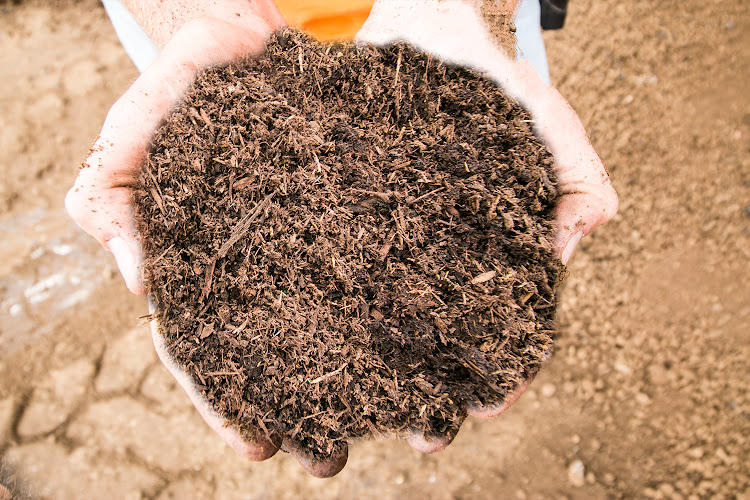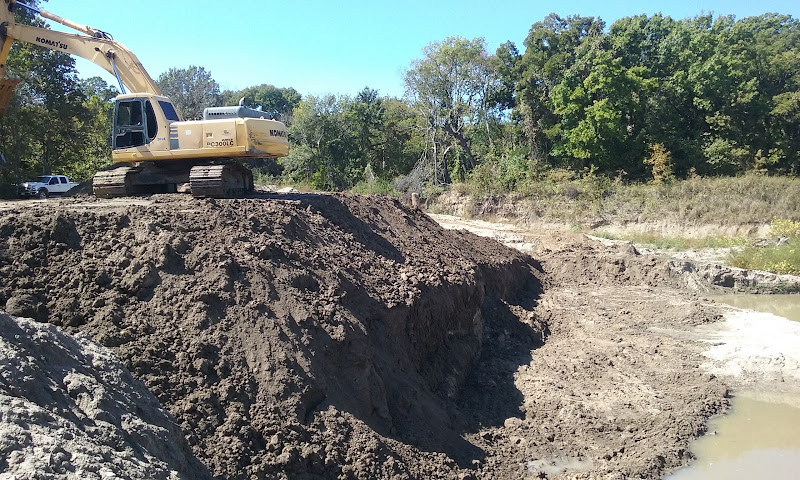When planning a landscaping project, there’s no denying that mulch is a key component for achieving a polished and cohesive look. But with so many types of mulch available and various sizes of garden beds to cover, you might find yourself wondering, How much mulch do I really need?
Well, friend, you’ve come to the right place. I’m here to help you navigate the world of mulch and figure out the amount that’s just right for your project.
What Kind of Mulch Do You Want?
Before you start calculating the amount of mulch that you’ll need, you’ll need to decide on what kind of mulch you’ll be using. Mulch comes in various materials and colors, ranging from natural wood chips to dyed rubber shreds.
Some of the most popular mulch types include:
- Hardwood bark mulch: Made from shredded hardwood tree bark, this mulch is known for its longevity and ability to retain moisture in soil.
- Pine straw mulch: Made from the needles of pine trees, this mulch is a popular option for gardeners in the southern United States due to its acidic properties that can benefit plants like azaleas and camellias.
- Rubber mulch: Made from recycled rubber tires, this mulch is a long-lasting and low-maintenance option that comes in a variety of colors.
- Rock mulch: Made from various types of stones, this mulch can bring a unique texture and style to your garden beds.
Once you’ve decided on your mulch material, it’s time to crunch some numbers!
Measure Your Garden Bed
The first step in calculating the amount of mulch you’ll need is to measure your garden bed. Find the dimensions of the garden bed by measuring the length and width in feet. Additionally, measure the depth of the bed in inches.
Once you have all of these measurements, you can calculate the cubic feet of your garden bed by multiplying the length, width, and depth.
For example, if your garden bed is 10 feet long, 6 feet wide, and 4 inches deep, the calculation would be: 10 x 6 x (4/12) = 20 cubic feet.
Determine the Mulch Depth
Now that you know the cubic feet of your garden bed, you’ll need to decide on the depth of mulch you’d like to use. A depth of 2-3 inches is usually recommended for most garden beds.
To calculate the amount of mulch needed for your desired depth, you’ll need to multiply the cubic feet of your garden bed by the desired depth in feet.
Using the same example as above, if you want a 2-inch depth of mulch, the calculation would be: 20 x (2/12) = 3.33 cubic feet of mulch.
Consider Mulch Loss and Settling
It’s important to keep in mind that mulch will experience some loss and settling over time. Wind, rainfall, and decomposition can all cause a loss of mulch volume.
Additionally, as mulch settles, it may compact and become thinner. For this reason, it’s recommended to account for an extra 10-20% of mulch when making your calculations.
Using the same example as above, if you add an additional 20% for settling and loss, the calculation would be: 3.33 cubic feet x 1.2 = 4 cubic feet of mulch.
Calculate Bags Needed
Finally, you’ll need to determine how many bags of mulch you will need. The number of bags will vary depending on the size of each bag and the total amount of mulch needed.
Most bags of mulch come in 2-3 cubic foot sizes. To determine how many bags you’ll need, divide the total cubic feet of mulch needed by the size of bags you plan to purchase.
Using the example above, if you’re purchasing bags of 2 cubic feet each, the calculation would be: 4 cubic feet ÷ 2 cubic feet per bag = 2 bags of mulch needed.
Don’t Forget Delivery or Transport
Now that you’ve figured out how much mulch you need, it’s time to think about how you’ll get it to your garden. If you’re ordering a large amount of mulch, some suppliers may offer delivery services for an additional fee.
Alternatively, if you plan to transport the mulch yourself, be sure to consider the size of your vehicle and the weight of the bags. Mulch can be heavy, so it’s important to ensure that you can safely and easily transport the amount of mulch you need.
In conclusion, determining the amount of mulch you need for your landscaping project is a relatively simple process. By measuring your garden bed and factoring in mulch depth, loss, and settling, you can calculate the amount of mulch needed and determine the number of bags required.
So, go forth and mulch with confidence! With these tips, you’ll have a beautiful and well-protected garden bed in no time.





